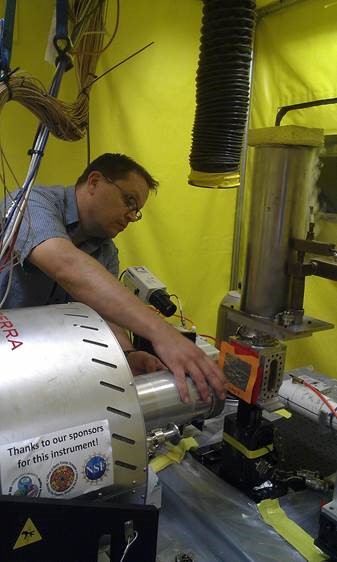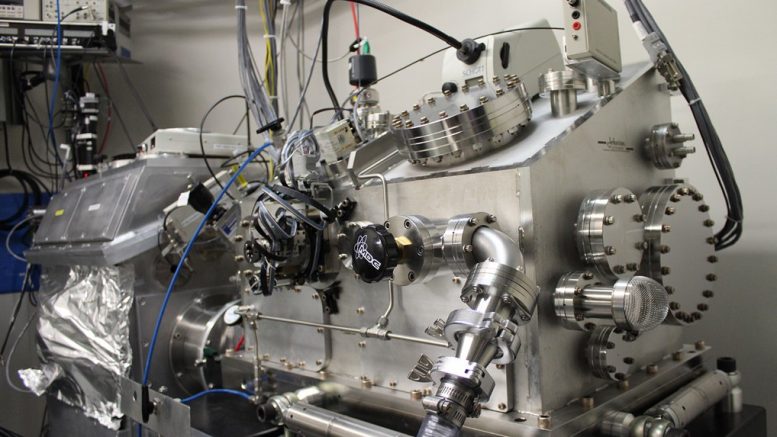Researchers at the University of Arizona are working to clean up acid mine drainage that contains substantial amounts of heavy metals like arsenic and lead by sequestering the chemicals in biochar crystals.
The research team is working to reclaim landscapes impacted by mining waste to create a more sustainable industry. Its researchers recently published findings on how reducing environmental impacts through remediation processes was efficient and cost-effective.
Created naturally when plant matter burns, biochar can also be engineered. And the researchers say it may be the perfect solution if the environmental conditions are just right.
Using beamlines at the Canadian Light Source (CLS) at the University of Saskatchewan and the SLAC National Accelerator, Jon Chorover, a professor and head of the Department of Environmental Science at the University of Arizona, analyzed the molecular interactions that occur when biochar is introduced to acid mine drainage.

Iron, another mineral found in mine drainage, interacts with the biochar to form a crystal-like structure. As these crystals grow, they attract the arsenic — similar to a magnet — and form very tight bonds. This allows the arsenic to be safely removed from the environment.
“We saw that biochar is not a perfectly homogenous material, but it actually has patchy locations that are highly reactive to the growth of these crystals, and as those crystals grow, they sequester the arsenic,” Chorover said in a media release.
Using the SM beamline at the CLS, Chorover and his team were able to visualize the surface chemistry of the biochar and reveal the fine details of these complex interactions.
Chorover believes their research will provide companies and regulators with the information necessary to maintain the environment and reduce the impact on communities located near mining operations.
An international team of geochemists has recently discovered why gold is concentrated alongside arsenic, a phenomenon that explains the formation of most deposits of the precious metal.


Be the first to comment on "Biochar used to sequester arsenic in acid mine drainage – report"